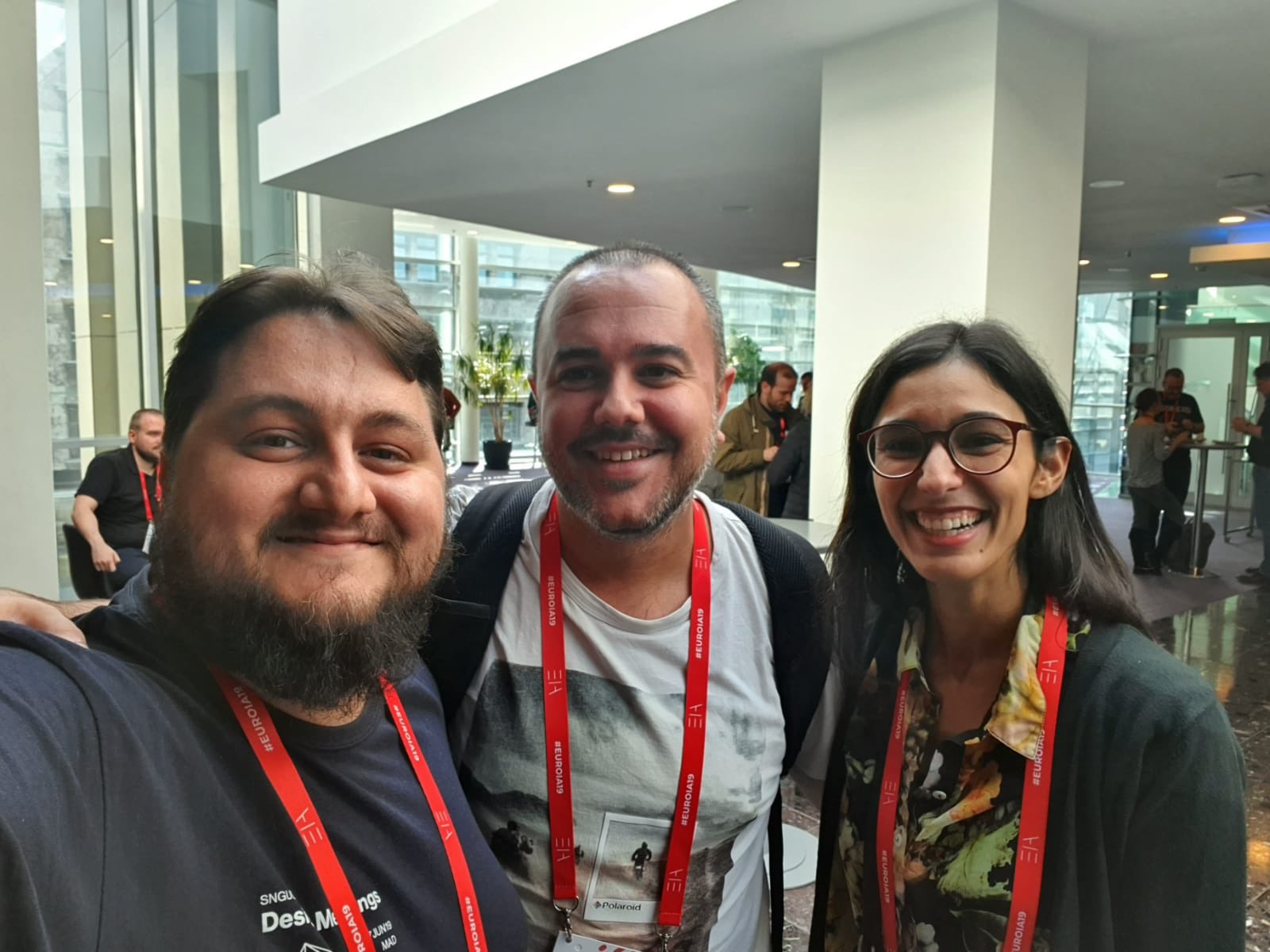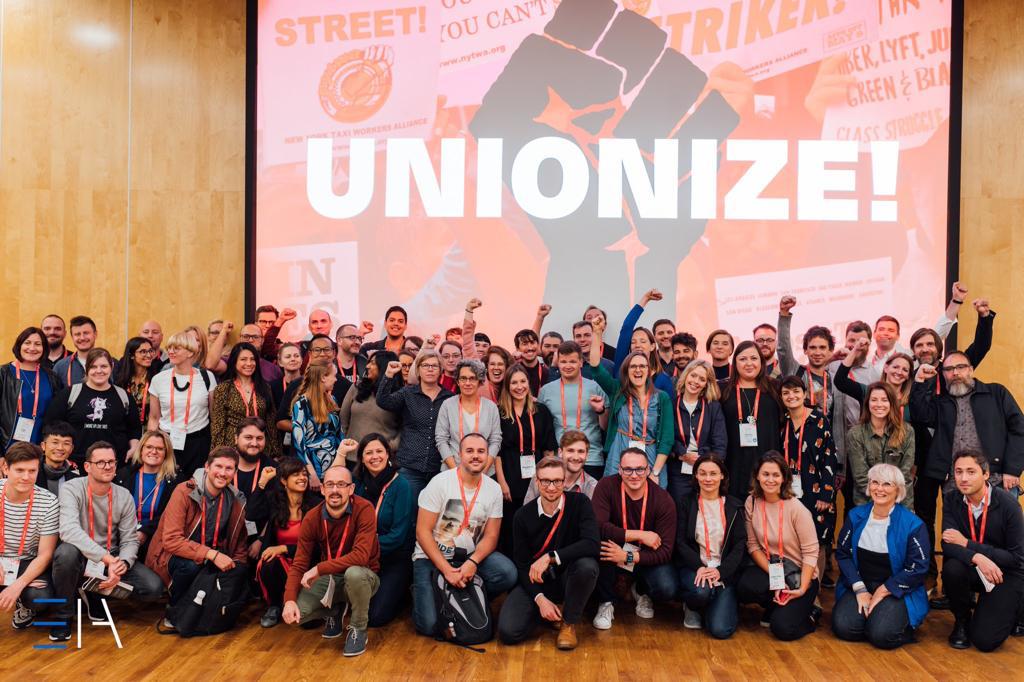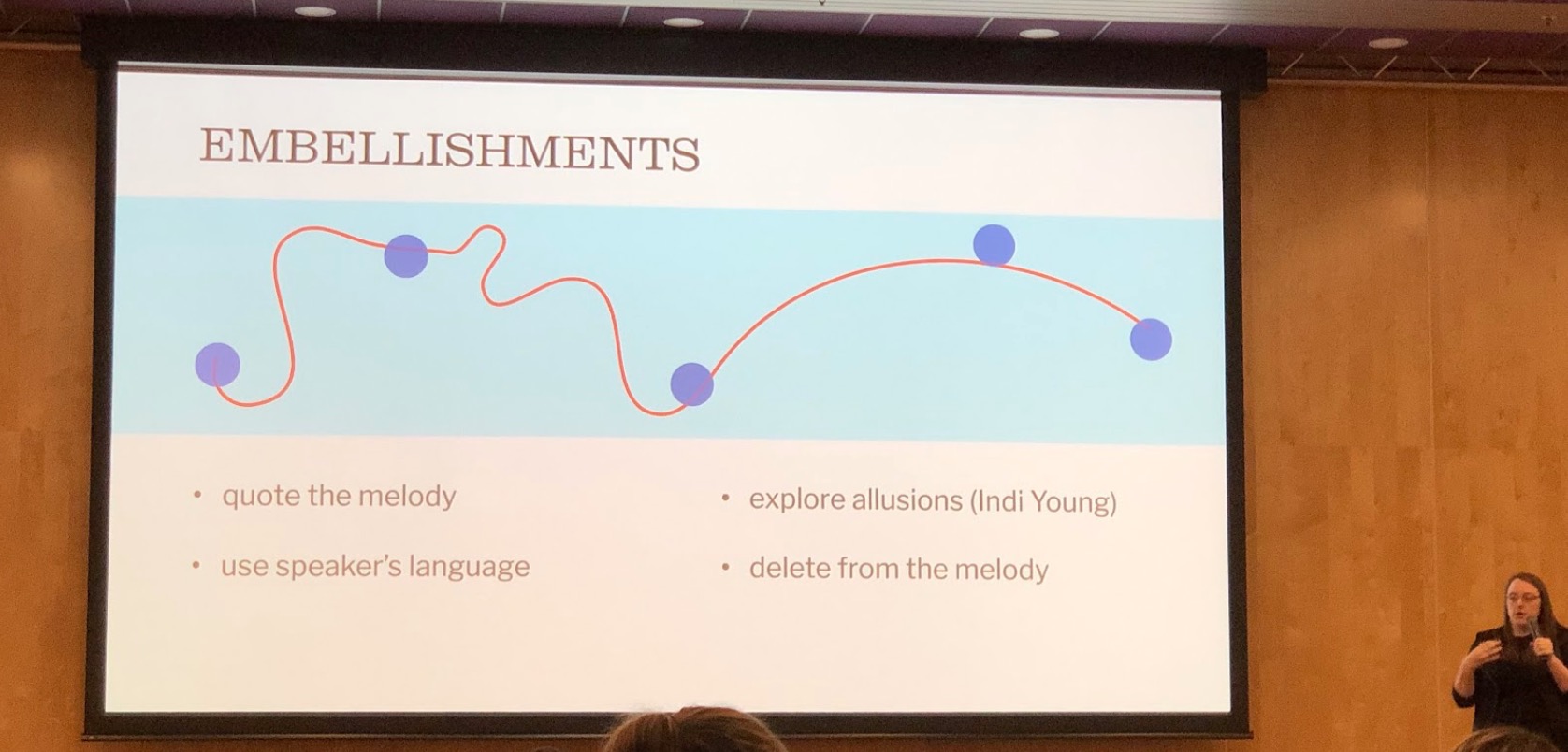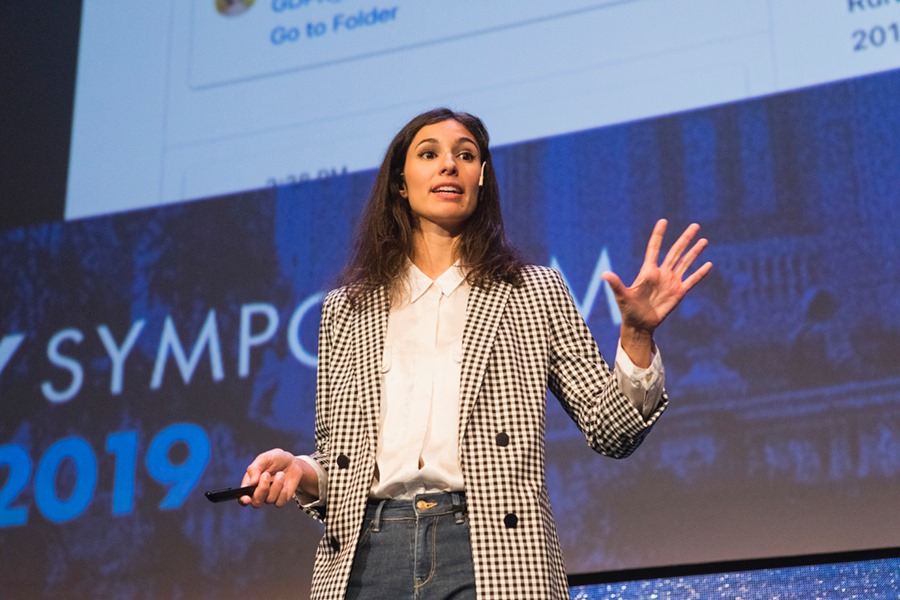EuroIA 19 Recap: Talks by Susana Vázquez on February 19, 2020
5 Min Read

You have probably already read the first part of our EuroIA 19 post. There, we focused on the workshops. In this second part, we want to highlight the talks that impacted us the most and bring some conclusions over all our experience at this conference.
The Talks
Along these three conference days, there were two tracks of talks. As we were a group of three designers, we had the chance to attend most of them. Thanks to Emiliano Cicero and David Aragonés, because all of us wrote these posts together from our different points of view and contributions. The highlights from our favourites talks are:
The Unintended Consequences Of Our Design Choices
Is Technology neutral? During this session we were facing the fact that it’s not. No, because it's human. It is created by humans and of course, it is biased.
That's the reason why it is so important to understand the implications of our design decisions, and to do that, we, as designers, need to create a positive impact and reduce the negative one. To achieve the positive impact, we need to:
- Understand the scale of the problem (rules, regulations, actors, motivations...)
- Map it and get feedback.
- Reflect and act. Identify gaps and design for a positive impact
And to reduce the negative impact is necessary to:
- Prompt speculations designing for the future
- Create speeds bumps and use design principles
- Identify your ethical principles.
The examples used in this talk were great and Aly handled the speech to make us think about how little decisions can create negative impact letting people apart and not being inclusive.
Citizen Centric Information Architecture: Creating a truly Citizen-Centric Digital Government
Alysson's talk covered the use case of the redesign for the Ohio government websites. The redesign included many different sites and pages. Tones of information are very difficult to find, for both employees and users of the sites.
They had two main problems to face: who owns the data and the information overload, which ended in the lack of trust of the employees, and also the citizens.
They faced these problems by creating the 6 steps challenge:
- De-bureaucratize the authoring layer
- Turn content tagging an easy task
- Unify UX and interaction patterns
- Catalog all info and remove duplicity
- Rock-solid, yet scalable data model
- Design for all cultures and societies in Ohio
And how did they do it? Using “A pattern language” as a reference. By identifying global patterns, selecting the main ones, providing a structure and taxonomy and allowing the users to create their own taxonomy too (folksonomie).
As a curious thing, This solution was made using Liferay ❤️.
It’s Not Simple, Stupid! Dealing with Complex Systems and Wicked Problems
In this talk we learned how to identify wicked problems and how to deal with them, as well as complex systems. These 3 steps may help:
- Context. The first challenge is recognising complexity. As Hertje pointed out “Disasters occur when a complex issue is managed as a complicated or simple one” So, the first thing to do is to determine the type of problem you are facing. It can be Simple as baking a cake, Complicated as building a Rocket, or Complex as raising a child. Once the problem is categorized and we know that we have to face a complex problem, it is time to acknowledge wicked problems, make time to deal with complexity, don’t use formulaic solutions, act and take responsibility.
- Planning a solution. For that, ask tough questions, be realistic and pragmatic, and practice critical thinking.
- Mindset. Designing for complexity. Follow the rule: “It is your job to make others (and yourself) uncomfortable.” Solve for problems, not for tools, learn to live with uncertainty and don’t get too comfortable.
Let’s Destroy Silicon Valley
The first and best of the keynotes. Mike is a very good speaker. He talked with passion and energy, we even heard the cracks of the lectern. However, we felt at some moments being judged as guilty, as if all designers were resposible to design harmfull and evil products. Sometimes, it was a bit out of context, like if we were in a political speech. He talked about ethics and morals with examples and cases from Silicon Valley. But, in Europe with our laws, most of those cases would never have existed.

A hard look in the mirror: language, structure, and privilege in IA
Lara brought a very interesting approach on how language can influence people. “The words we use have consequences. Language shapes reality”.
She also talked about privileges. When designing, it's very important to be aware and recognize our biases, assess and change designs to include all the people. As an example, a simple Ctrl+C the well known command to copy something on an Operative System. Crtl+C is a command for English speakers. Other languages will need to learn it by heart but never understand that the C comes from Copy. To avoid situations like the previous one, and much more, designers should realize and care about:
- Who is (not) included?
- What can they (not) do?
- How are other people/actions excluded?
- Why are they excluded? (gender, race, social class, age, disability, sexual orientation ethnicity...)
- What should I change?
- What can I change NOW?
Including everyone in our designs is basic to have accesible and inclusive technology.
A taxonomy of the orcanization – game design for information architecture
This talk was an introduction for the workshop he was going to give the next day. Andrea compared both digital/physical games, and applications to complex systems showing that they have some common points in the narrative and experiences.
He used digital games such as Prince of Persia and Shadow of Mordor, but also physical games such as Chess and Tic Tac Toe.
Lessons from a Jazz Musician: Improvisation in Research
What Rachel did was actually very impressive! For the first half of the talk she explained the role of the research facilitator as any other talk out there. In the second half she talked about Jazz and improvisation methods, then she divided the entire public into 3 big groups and got them to clap their hands separately.

It was really fun to be part of this, it was also really interesting to see how she transformed from a speaker to a facilitator that was directing and improvising with the public.
Conclusion
Pros
- It was a great event where we had the opportunity to learn techniques and wider points of view that we can apply to our daily work.
- The workshops were highly valuable.
- We interacted and connected with a lot of designers. We’ve even met a Liferay partner and ended up talking about their projects, our features and how they use our products.
- Ethics were a huge part of this event and it’s always great to have a refresh of what can go wrong with your work and the impact it can have in others lives.
Cons
- Ethics was present in several talks and, although we consider it very important, it was too much for us.
Thanks for celebrating this great event. EuroIA 2020 topic was Hope: Foundations for preferable futures, and we are willing to come back again. 🤗


